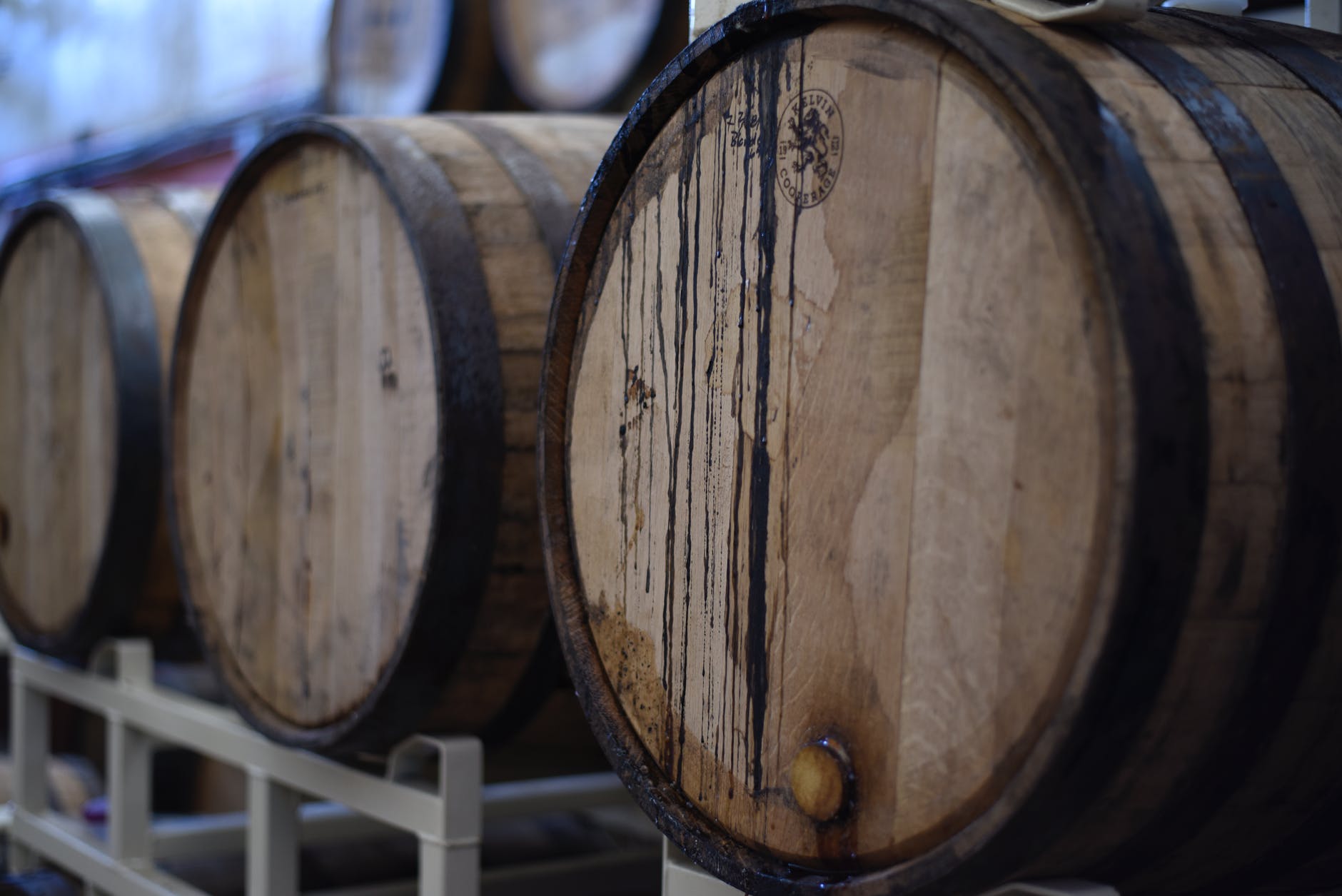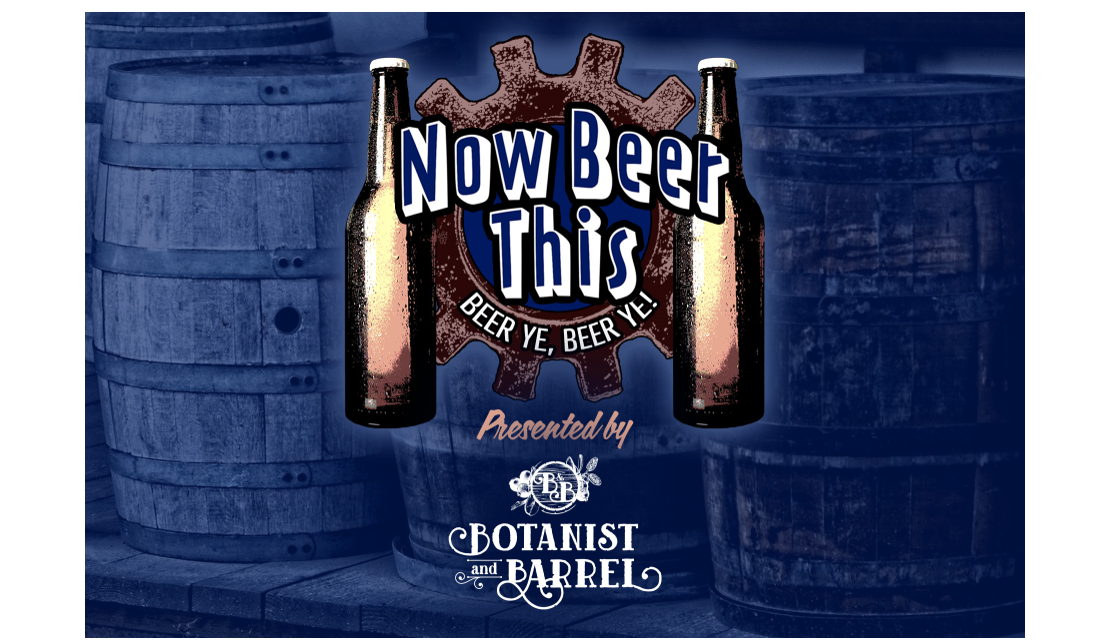In the past decade or so there’s been an explosion of barrel-aged beers on the market. Just like pretty much everything else, this is nothing new; think there were aluminum kegs back in dynastic Egypt or even Henry VIII’s time? Barrels were the primary storage vessel for beer for the vast majority of its history and have only recently become a thing again with commercial breweries. So you might wonder why the heck we’d go back to wood and I’m so glad you ask.
First, let’s not talk about wood. Beer made in a commercial setting is almost exclusively made in stainless steel brew houses, shunted off into stainless steel fermenters and then perfected in stainless steel bright tanks, only to be pumped piecemeal into aluminum cans. All of this metal is insanely easy, comparatively, to keep clean and is not reactive with the beer. This ensures consistent beer batches and less infection (sour beers! ick!) and generally results in happier consumers, and even more importantly, happier brewers. So, hooray, progress!
But, this is only a recent development. For millennia, wood was the go-to storage vessel for beer mostly because it was pretty much the most reliable thing. It was abundant, relatively easy to shape as long as your last name was Cooper (the origin of the surname is from barrel-making families), and didn’t have the tendency to shatter upon impact like clay vessels. But as you might imagine, wood is variable and porous so it can have a huge impact on the final character of a beer.
The species of the wood itself has a huge impact. The VAST majority of casks these days are made of oak. I could speak with some minimal understanding of the chemical makeup of oak, but it will probably suffice to say that whatever the wood smells like is what it’s going to do to your beer. That earthy, tannic, sexy old professor smell that oak has is going to work its way into your beer. I’m personally into that sort of thing, so huzzah! The effect of plain oak is almost like adding a strong black tea-like character to your beer, which works well as an addition to several styles. If you haven’t had a (plain) barrel-aged IPA, you’re missing out. Of course, different types of oak are going to do different things. French oak is immensely popular for its grace and subtlety, while American white oak is generally discouraged as it can overwhelm a beer, which, when you think about it, sounds exactly right.

Another variable is how the wood is treated beforehand. Raw oak will certainly lend some flavor to a beer, but it will have some other things to offer (more on that in a second). Toasting the wood (I really mean burning it in a controlled way) helps to stave off infection of your beer, but also adds more of a roasty character to your beer. Obviously, the more char, the more roastiness.
Why char the barrel? Buggies, that’s why! Raw wood is going to be host to a legion of bacteria that will also impact your beer. If you want a sour beer, here’s one way to get it. To keep these infections from totally running rampant, most of the time only higher ABV beers are used (>8%) so that the alcohol keeps the bacteria growth in check to a certain degree. Some Belgian styles – like Flanders Red, get their tangy character from these infected barrels.
Which leads us to yet another variable: What was that barrel up to before it decided to carry beer? With the Flanders Red, those barrels were used for aging red wine, so you can guess that there’s going to be a considerable wine-iness that’s going to be imparted to that beer. In today’s brewing scene, the most popular type of barrel aging involves the use of bourbon barrels, which obviously gives a very bourbon-y flavor to beers, which is a great pair with darker, roastier beers, but can overwhelm lighter styles. Other whiskey barrels are in use, though — Irish, Scotch, Rye, you name it — and because we are tricky apes some brewers are flipping the switch on us and taking barrels that were used for aging beer and then putting whiskey in them to make beer barrel aged whiskey! Those crazy kids!
I’ve only barely (get it!) touched the surface of this topic here. Suffice it to say that the world of barrel-aged beer is vast and fascinating. Get out there and look for some wacky wood-aged stuff and see what you think. Go getchoo some!

Chapelboro.com does not charge subscription fees. You can support local journalism and our mission to serve the community. Contribute today – every single dollar matters.


